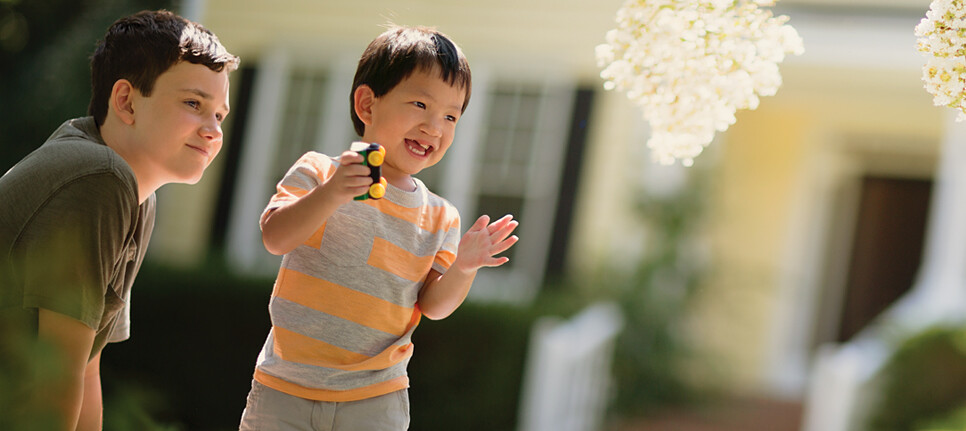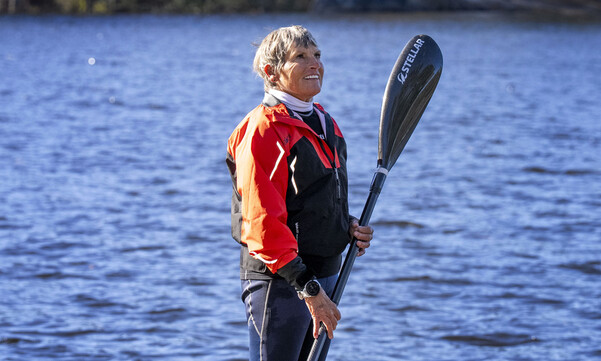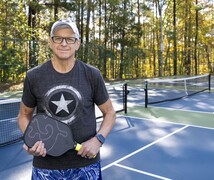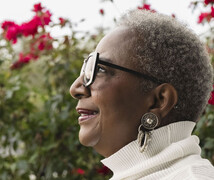Now three years old, one would never know Tate Burch had a cleft lip and palate repair when the adopted child first came to the U.S. from China.
When Hope and Steven Burch met their son for the first time, he was 14 months old and weighed just 13 pounds. “We fell in love with Tate the moment we saw him,” says Hope. “He was tiny, but I fell in love with his sweet little face. There is nothing like the smile on the face of a child with a cleft palate.”
The couple had done their research on cleft lip and palate, and arrived in China with the supplies they would need to care for their newly adopted child. Challenge number one: feeding. “We brought four or five different types of bottles with us,” says Hope. “We started feeding him anytime he would eat. It took a while because the roof of his mouth was open. By the time we got home, he had gained a few pounds.”
After a month acclimating to his new home in Raleigh with his parents, two brothers and a sister, Tate was ready to move on to his next challenge: a permanent repair of his cleft lip and palate. For this, the Burch family turned to Duke. “Our oldest son mentioned that his teammate had the same condition as Tate, so we spoke to the family and they highly recommended Duke,” Hope says.
Tate’s plastic surgeon, Jeffrey Marcus, MD, specializes in cleft lip and palate repair. “Tate had a fairly typical cleft palate, but he was a bit older,” says Marcus. “These are usually repaired at three or four months, so his cleft had become wider.”
After meeting Marcus for the first time, Hope felt confident he was the right surgeon for the job. “Dr. Marcus was very knowledgeable and put us at ease,” she says. “For a parent, it’s a scary situation, but he was comforting, kind, and very gentle with Tate.”
The first of Tate’s two surgeries – the lip repair – was the most critical, according to Marcus. “This sets the stage for the rest of the repair, so it has to be done perfectly,” he says. The next procedure to repair Tate’s cleft palate was done four months later.
“Tate had spectacular results despite coming to us later with a more challenging cleft than is typical,” says Marcus. “He got meticulous care and attention after surgery. His parents were supportive, caring, and knew what needed to be done, so he got great results.”
“He looks like a different child,” says Hope. “Dr. Marcus did an amazing job. You would never know he had a cleft palate.”
Now three years old, Tate is an outgoing, friendly little boy who loves the outdoors and toy trucks. Because of the language delays common in children with cleft palate, he still takes part in speech therapy. He also has regular appointments with an entire team of Duke specialists who monitor his development, including a feeding specialist, ear nose and throat doctor, audiologist, dentist, orthodontist, and others.
“Every year we spend one full day at Duke, and see all our doctors in one day” says Hope. “Then we sit down together and make a plan. It’s amazing.”





